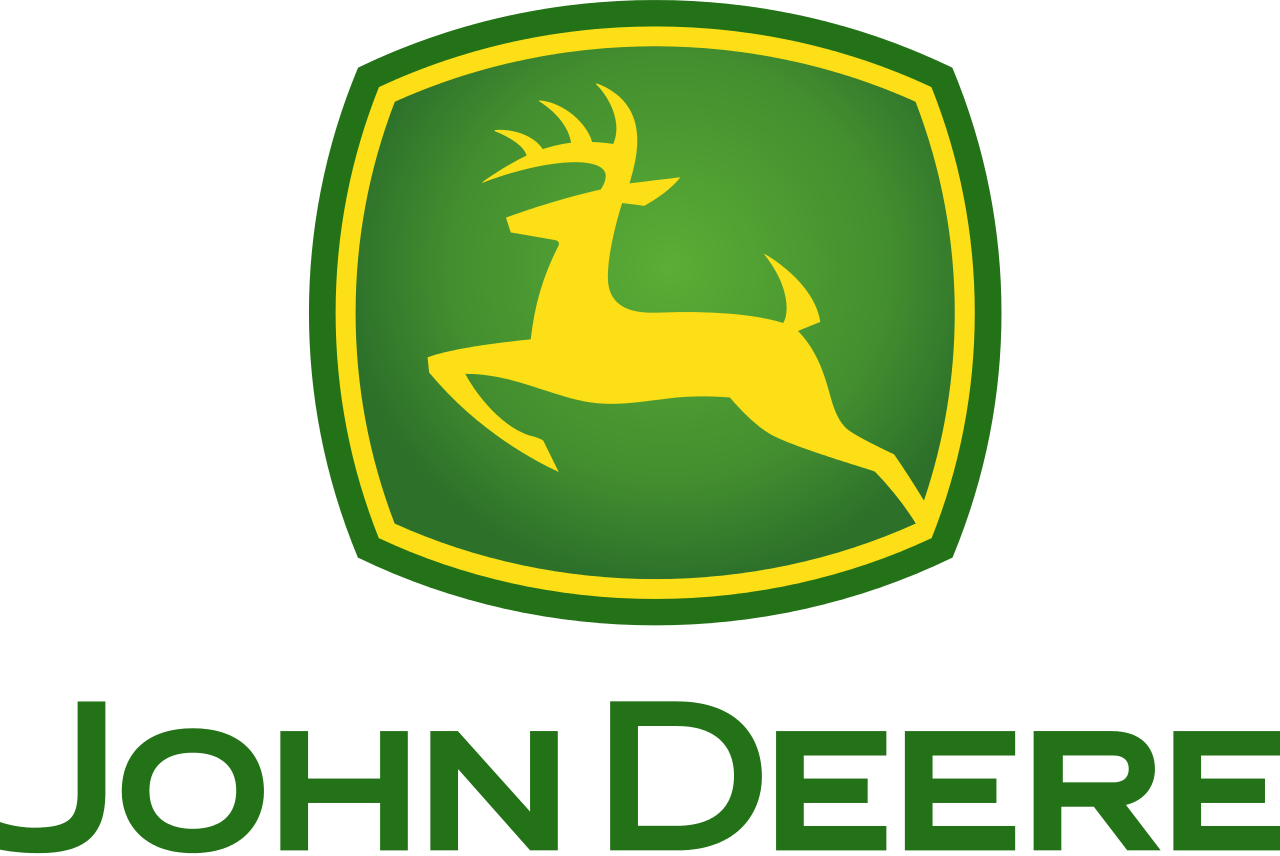Stedi maintains this guide based on public documentation from John Deere. Contact John Deere for official EDI specifications. To report any errors in this guide, please contact us.

X12 862 Shipping Schedule
—
Delimiters
- Segment
- * Element
- > Component
Powered by
Build EDI implementation guides at stedi.com
Overview
ISA
-
Interchange Control Header
Max use 1
Required
GS
-
Functional Group Header
Max use 1
Required
heading
GE
-
Functional Group Trailer
Max use 1
Required
IEA
-
Interchange Control Trailer
Max use 1
Required
—
- 00
- No Authorization Information Present (No Meaningful Information in I02)
—
- 00
- No Security Information Present (No Meaningful Information in I04)
—
- U
- U.S. EDI Community of ASC X12, TDCC, and UCS
—
- 00401
- Draft Standards for Trial Use Approved for Publication by ASC X12 Procedures Review Board through October 1997
—
- 0
- No Acknowledgment Requested
- 1
- Interchange Acknowledgment Requested
—
- T
- Transportation Data Coordinating Committee (TDCC)
- X
- Accredited Standards Committee X12
Heading
BSS
020
Heading > BSS
Beginning Segment for Shipping Schedule/Production Sequence
RequiredMax use 1
—
Usage notes
—
Example
N1 Final Scheduled Destination
OptionalMax 1
Variants (all may be used)
Ship ToN1
050
Heading > Final Scheduled Destination > N1
Name
RequiredMax use 1
—
Usage notes
—
Example
At least one of Name (N1-02) or Identification Code Qualifier (N1-03) is required
If either Identification Code Qualifier (N1-03) or Identification Code (N1-04) is present, then the other is required
—
- 1
- D-U-N-S Number, Dun & Bradstreet
- 92
- Assigned by Buyer or Buyer's Agent
N4
080
Heading > Final Scheduled Destination > N4
Geographic Location
OptionalMax use 1
—
Usage notes
—
Example
If Location Identifier (N4-06) is present, then Location Qualifier (N4-05) is required
N1 Final Scheduled Destination end
N1 Ship To
RequiredMax 1
Variants (all may be used)
Final Scheduled DestinationN1
050
Heading > Ship To > N1
Name
RequiredMax use 1
—
Usage notes
—
Example
At least one of Name (N1-02) or Identification Code Qualifier (N1-03) is required
If either Identification Code Qualifier (N1-03) or Identification Code (N1-04) is present, then the other is required
N4
080
Heading > Ship To > N4
Geographic Location
OptionalMax use 1
—
Usage notes
—
Example
If Location Identifier (N4-06) is present, then Location Qualifier (N4-05) is required
N1 Ship To end
Heading end
Detail
LIN Loop
RequiredMax 10000
LIN
010
Detail > LIN Loop > LIN
Item Identification
RequiredMax use 1
—
Usage notes
—
Example
If either Product/Service ID Qualifier (LIN-04) or Product/Service ID (LIN-05) is present, then the other is required
If either Product/Service ID Qualifier (LIN-06) or Product/Service ID (LIN-07) is present, then the other is required
If either Product/Service ID Qualifier (LIN-08) or Product/Service ID (LIN-09) is present, then the other is required
If either Product/Service ID Qualifier (LIN-10) or Product/Service ID (LIN-11) is present, then the other is required
—
- CR
- Contract Number
- EC
- Engineering Change Level
- PD
- Part Number Description
- PL
- Purchaser's Order Line Number—
- RC
- Returnable Container Number—
- VP
- Vendor's (Seller's) Part Number
—
- CR
- Contract Number
- EC
- Engineering Change Level
- PD
- Part Number Description
- PL
- Purchaser's Order Line Number—
- RC
- Returnable Container Number—
- VP
- Vendor's (Seller's) Part Number
—
- CR
- Contract Number
- EC
- Engineering Change Level
- PD
- Part Number Description
- PL
- Purchaser's Order Line Number—
- RC
- Returnable Container Number—
- VP
- Vendor's (Seller's) Part Number
—
- CR
- Contract Number
- EC
- Engineering Change Level
- PD
- Part Number Description
- PL
- Purchaser's Order Line Number—
- RC
- Returnable Container Number—
- VP
- Vendor's (Seller's) Part Number
PKG
030
Detail > LIN Loop > PKG
Marking, Packaging, Loading
OptionalMax use >1
—
Example
If Description (PKG-05) is present, then Item Description Type (PKG-01) is required
FST Loop
OptionalMax 100
FST
080
Detail > LIN Loop > FST Loop > FST
Forecast Schedule
RequiredMax use 1
—
Usage notes
—
Example
If either Reference Identification Qualifier (FST-08) or Reference Identification (FST-09) is present, then the other is required
If either Date/Time Qualifier (FST-06) or Time (FST-07) is present, then the other is required
FST Loop end
SHP Loop
OptionalMax 10
SHP
140
Detail > LIN Loop > SHP Loop > SHP
Shipped/Received Information
RequiredMax use 1
—
Usage notes
—
Example
If Quantity Qualifier (SHP-01) is present, then Quantity (SHP-02) is required
If Date (SHP-04) is present, then Date/Time Qualifier (SHP-03) is required
REF
150
Detail > LIN Loop > SHP Loop > REF
Reference Identification
OptionalMax use 12
—
Usage notes
—
Example
SHP Loop end
LIN Loop end
Detail end
Summary
Summary end
EDI Samples
Sample from Deere
ISA*00* *00* *ZZ*SENDER *ZZ*RECEIVER *231106*1252*U*00401*000000001*0*T*>
GS*SS*SENDERGS*RECEIVERGS*20231106*125221*000000001*X*004010
ST*862*150600001
BSS*00*0000000289877327*20141017*SH*20141017*20141017*0000460431
N1*ST*JACOBSON WAREHOUSE CO INC*1*603911475
N3*1300 19TH ST
N4*EAST MOLINE*IL*61244-235*US
LIN*0010*BP*PART NO*CR*5500000000*PL*0010
UIT*PC
PKG*F*CB***RS026
PKG*F*CUD***DUNNAGE
REF*DP*M011
REF*LF*M011
REF*KB*004604310010
FST*10*C*D*20141023
LIN*0020*BP*PART NO*CR*5500000000*PL*0010
UIT*PC
PKG*F*CB***RS026
PKG*F*CUD***DUNNAGE
REF*DP*M011
REF*LF*M011
REF*KB*004604310020
FST*10*C*D*20141023
CTT*2*20
SE*23*150600001
GE*1*000000001
IEA*1*000000001
GS*SS*SENDERGS*RECEIVERGS*20231106*125221*000000001*X*004010
ST*862*150600001
BSS*00*0000000289877327*20141017*SH*20141017*20141017*0000460431
N1*ST*JACOBSON WAREHOUSE CO INC*1*603911475
N3*1300 19TH ST
N4*EAST MOLINE*IL*61244-235*US
LIN*0010*BP*PART NO*CR*5500000000*PL*0010
UIT*PC
PKG*F*CB***RS026
PKG*F*CUD***DUNNAGE
REF*DP*M011
REF*LF*M011
REF*KB*004604310010
FST*10*C*D*20141023
LIN*0020*BP*PART NO*CR*5500000000*PL*0010
UIT*PC
PKG*F*CB***RS026
PKG*F*CUD***DUNNAGE
REF*DP*M011
REF*LF*M011
REF*KB*004604310020
FST*10*C*D*20141023
CTT*2*20
SE*23*150600001
GE*1*000000001
IEA*1*000000001
Stedi is a registered trademark of Stedi, Inc. All names, logos, and brands of third parties listed on this page are trademarks of their respective owners (including “X12”, which is a trademark of X12 Incorporated). Stedi, Inc. and its products and services are not endorsed by, sponsored by, or affiliated with these third parties. Use of these names, logos, and brands is for identification purposes only, and does not imply any such endorsement, sponsorship, or affiliation.